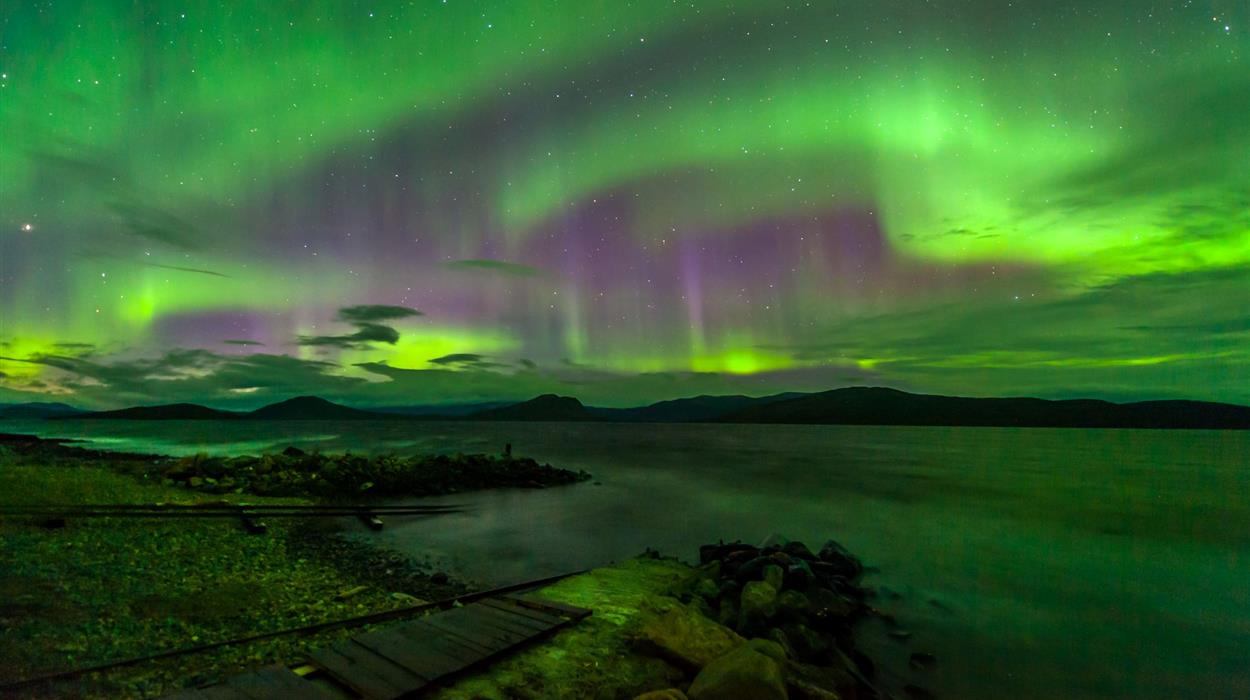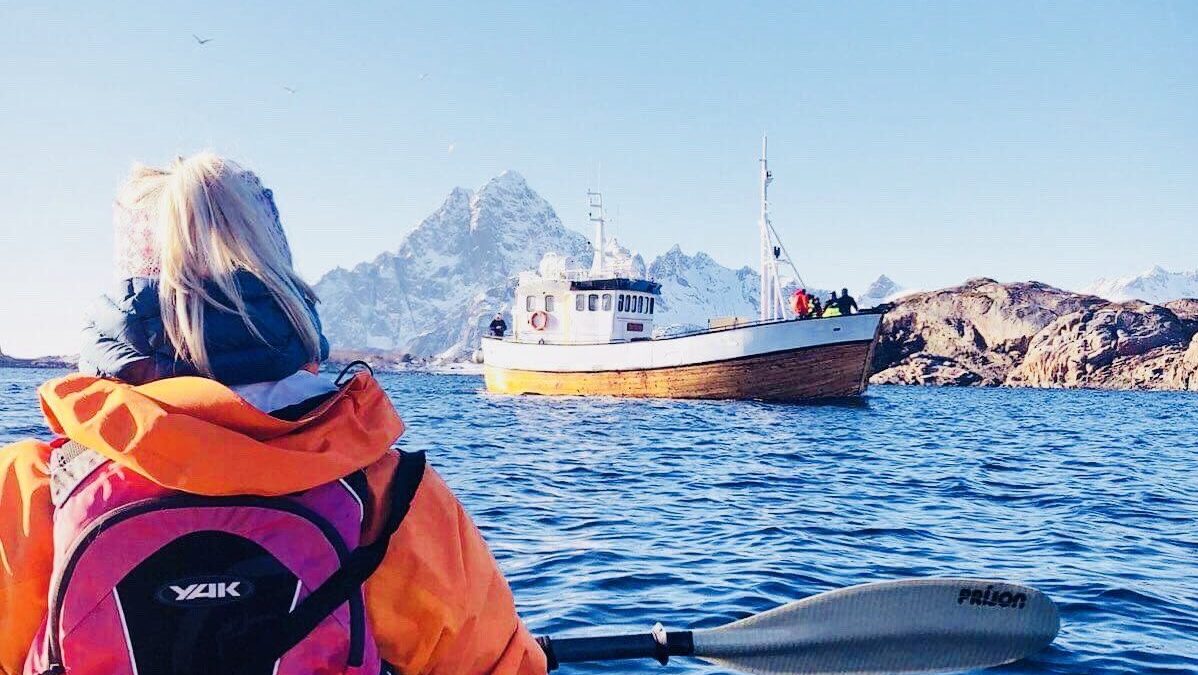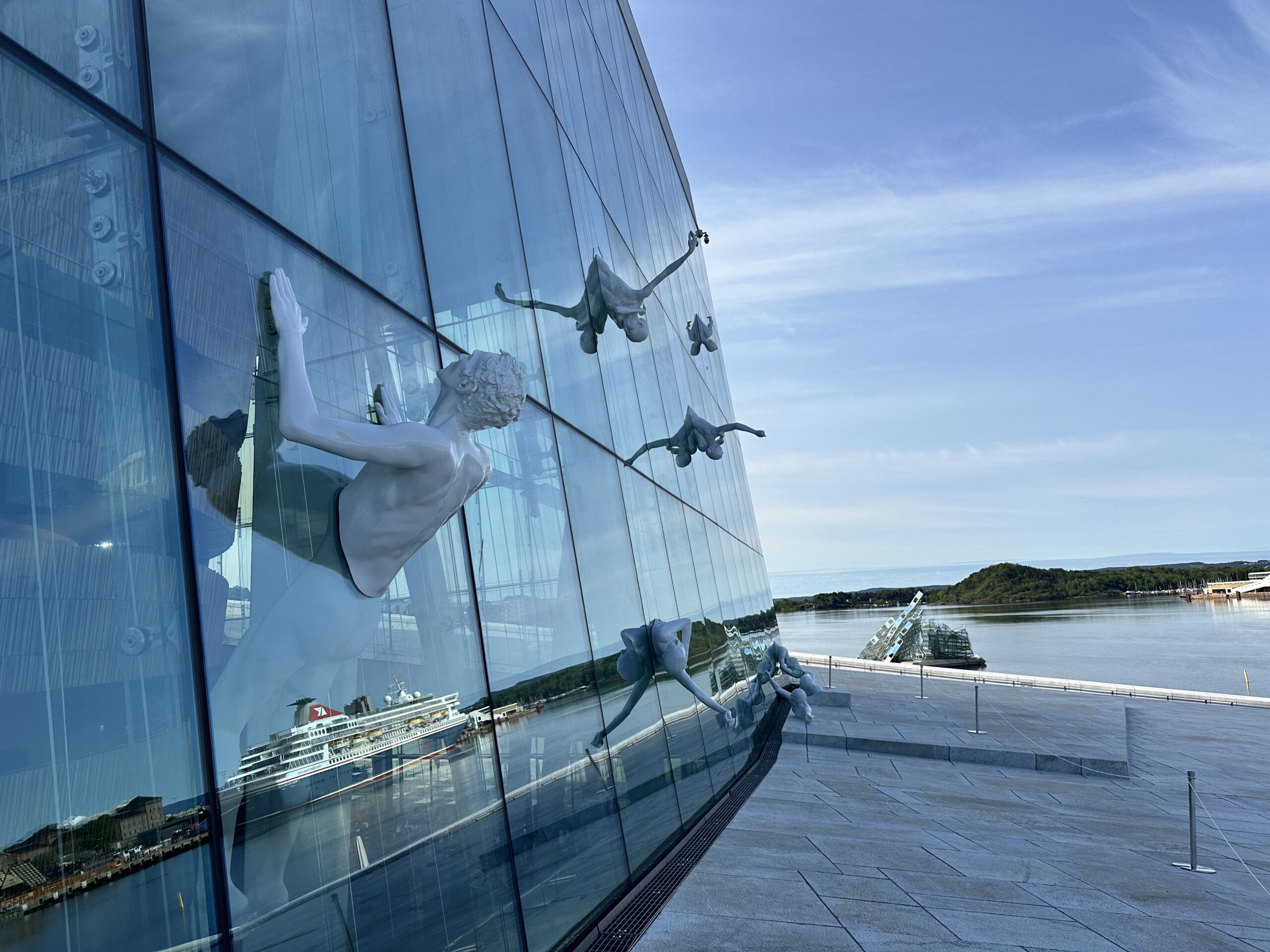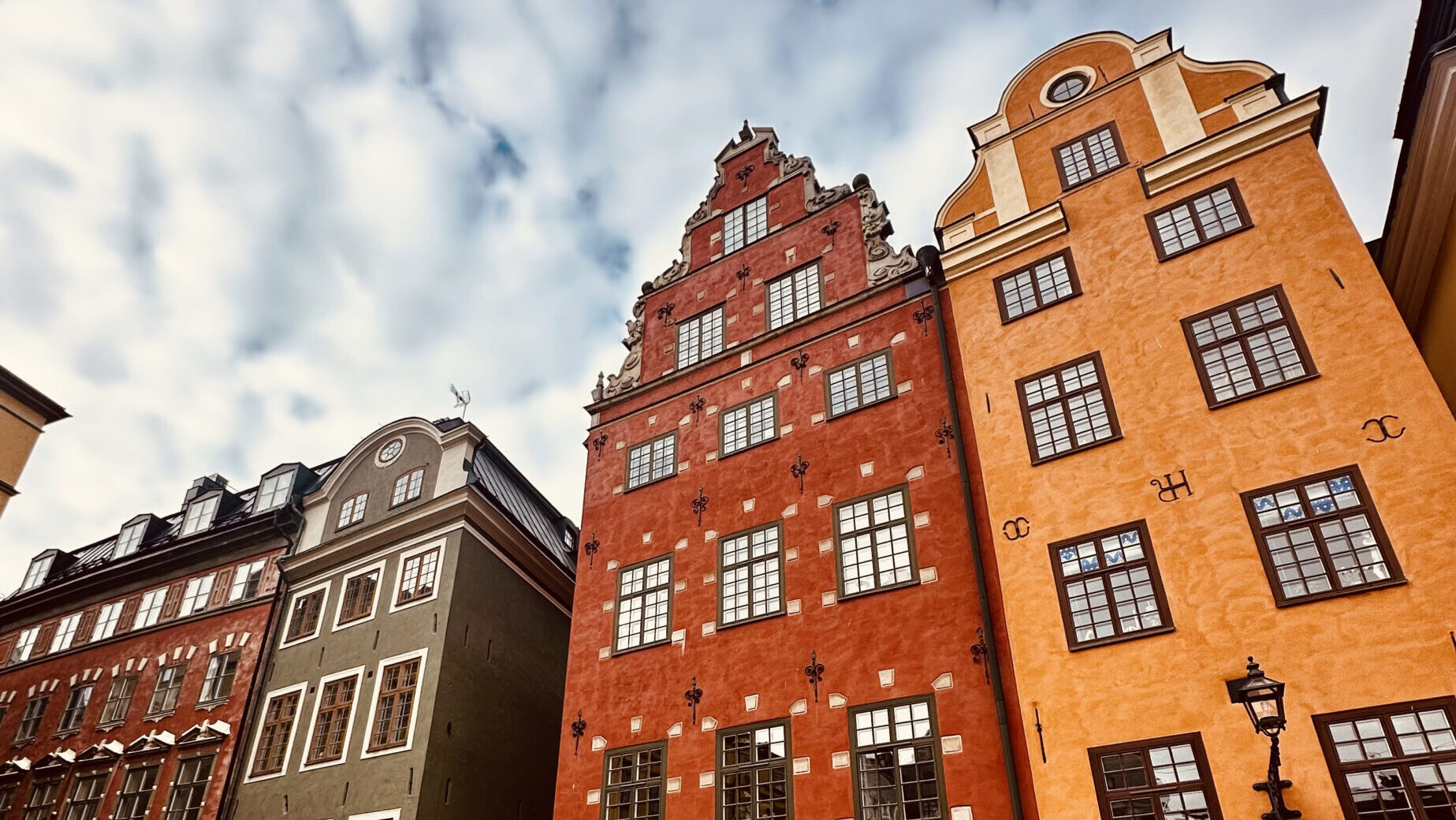Polar Bears in Svalbard: The Code
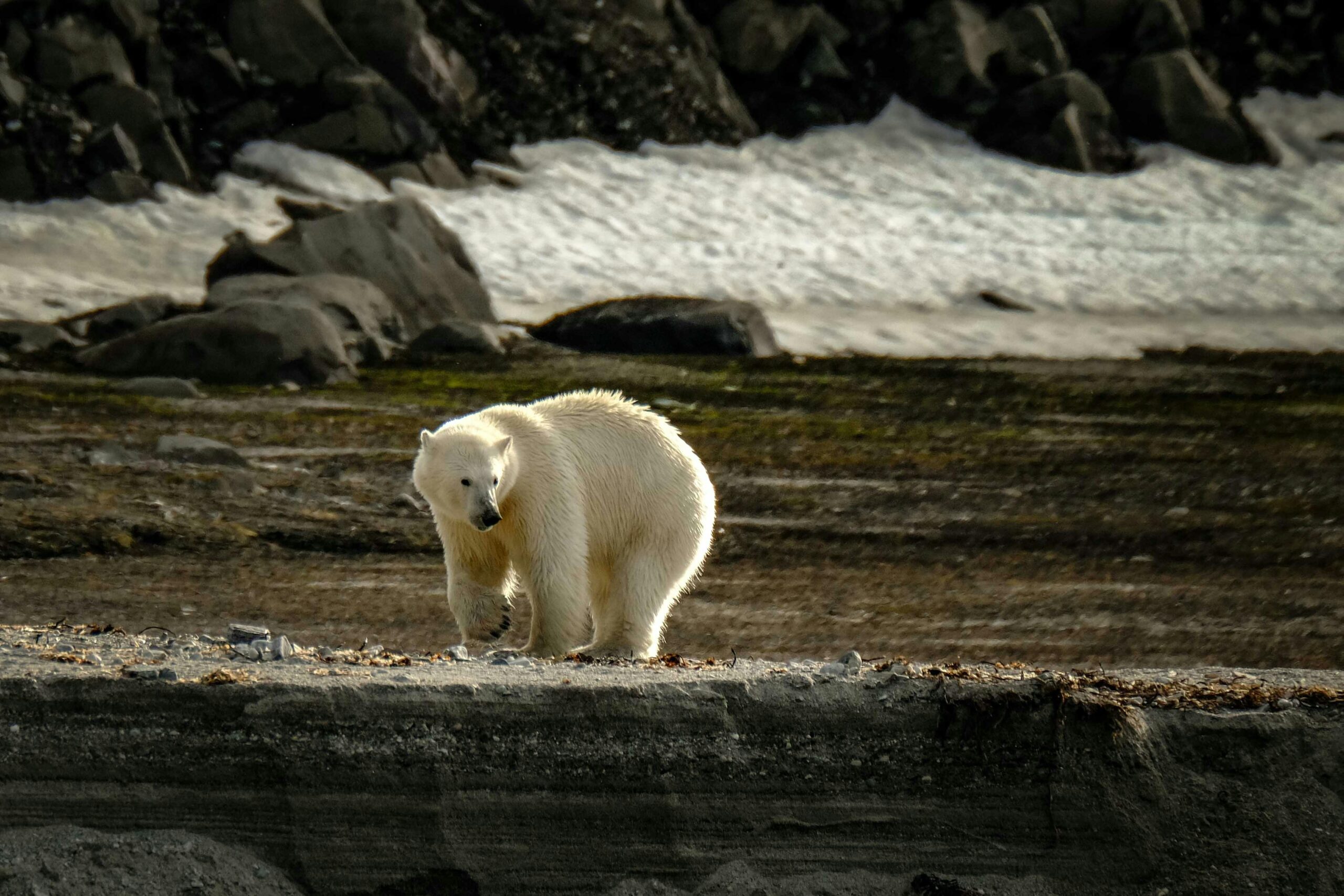
Svalbard, also known as Spitsbergen, is deep in polar bear territory. A ‘Beware of the polar bear’ sign outside Longyearbyen Airport makes this clear from the start. Those who research before arriving in Norway’s northernmost archipelago will know that polar bears outnumber people. However, spotting the King of the Arctic year-round is a common misconception. To avoid disappointment, timing, location, and a bit of luck are key.
Winter Sightings Are Rare
Winter conditions make spotting polar bears in Svalbard much harder. While some bears have been seen in winter, encounters are rare.
Bears Avoid Settlements and Stay on the Coast
Svalbard is the last human frontier before the North Pole. Winters are long and harsh, so people have settled mainly in Longyearbyen. Polar bears know to avoid the area, and some residents have never seen one in their lives. You won’t bump into a bear on your way to the supermarket.
To see polar bears in Svalbard, you’ll need to leave town and head to the coast. These marine animals hunt for ringed seals on the sea ice. Winter excursions are possible, but most are land-based on snowshoes, snowmobiles, or dog sleds. Boat trips are not available in winter.
The Polar Night
From late October to mid-February, the sun stays below the horizon. Some indirect light turns the sky deep blue with pinkish hues, but conditions aren’t ideal for wildlife watching. Instead, the main attraction is the sky itself, as the Northern Lights can even appear during the day.
Polar Bear Breeding Patterns
Female polar bears stay in dens with their cubs for up to two months in winter. These dens are remote and well-hidden, making sightings extremely rare. Male bears travel further north on the frozen sea, even farther from the coast.
Svalbard’s Polar Bear Code
Polar bears are protected, so actively searching for them is forbidden. Since males roam far and females stay hidden, boosting your chances would require disturbing the bears. Their right to remain undisturbed comes first.
The Best Time to See Polar Bears
Summer offers the best chance to see polar bears in Svalbard. They follow the retreating sea ice or stay near the coast, searching for eggs and seals. A cruise around the island or a journey to the northern archipelago provides the best opportunities to observe them in the wild. There’s no need to actively seek them out.
For a responsible experience, join a small-scale expedition cruise led by local guides who understand bear behaviour. This is the safest way to see polar bears in Svalbard, along with Arctic birds and other wildlife.
If you prefer not to cruise, smaller boat trips are an option. Always travel with a guide when exploring this truly wild part of the world.
Alternatively, if you’re set on a winter adventure, consider Hudson Bay in Ontario. Every November, hundreds of bears gather in Churchill, waiting for the ‘Big Freeze’. Just outside town, you can see them playing in the tundra. Get in touch, and we’ll make it happen.
